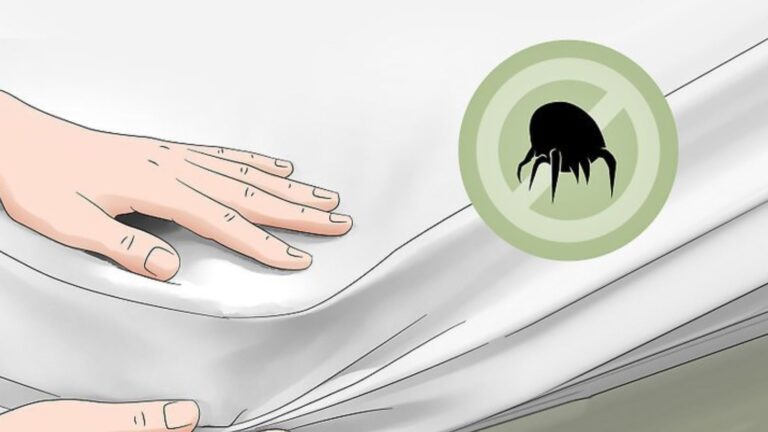What Are the New Laws Regarding Number Plates in UK?
The UK has had a statute requiring number plates in UK on automobiles for more than a century. They assist law enforcement in locating automobiles that have been engaged in an accident or criminal activity. Even though you receive a registration number when you buy a car, customizing the number plate has gained popularity recently. In order to prevent you from receiving a large punishment, this essay examines the ins and outs of number plate registration.
All new cars registered between March 1 and September 1, 2023, will have the 23 plate as their license plate, which was announced in March 2023. On September 1st, the UK license plate will become 73. One of three components that make up a typical number plate, those numbers are the third and fourth characters on a plate. These include
- Two letters that stand for the area where the vehicle was registered
- Two numerals that signify the year and month the vehicle was registered
- A three letters chosen at random
While the year is represented by two numbers on license plates produced from March to September, the year plus 50 is displayed on license plates issued after September.
Are 4D Number Plates in UK Permitted?
Recently added 4D number plates are available for registration. These design formats are frequently used for a high-end, customized look. They are made from 3mm thick black acrylic characters that are glued to acrylic plates with an incredibly powerful adhesive. Given that the DVLA has stated that number plates in UK may be 3D, 4D number plates that adhere to British Standard BS AU 145d and use the Charles Wright Font are also permitted for use on public roads.
Are 3D Number Plates Permitted?
The DVLA explicitly states that 3D-printed number plates are permitted on the government website. They still need to go by all the laws’ requirements for number plates in UK in order to be considered legal. They must have a plain white backdrop with black letters on it at the front and a yellow ground at the back. The characters must always be made of reflective material and must be the required size and height.
Are Gel Number Plates Legal?
The British Safety Standard BS AU 145d can be used to make gel number plates, which are most frequently connected with 3D type registrations and are hence permitted for use on UK roads. The registration digits on a 3D gel license plate are made of high-quality polyurethane resin and protrude from the plate.
Are Sticker Number Plates Legal?
Participants in car forums frequently discuss whether stick-on number plates are lawful to use. New rules mandate that number plates in UK comply with specific laws in order to avoid being ticketed on the road or failing a MOT. They were once used on a range of vehicles, most notably vintage e-type Jaguars.
Number plates are required by law to be made of reflective material and to bear the official British Safety Standard mark. In these two areas, stick-on plates frequently fall short. There are requirements for a car’s number plate strength in order for it to pass its MOT. Number plates in sticker style, as opposed to solid acrylic plates, have occasionally been observed to fail in this location.
Are Tinted Number Plates Legal?
According to the DVLA, number plates shouldn’t be disguised in any way, therefore having tinted number plates may be against the law. Since this kind of lettering is unaffected by tinting to the plate, the use of 3D and 4D plates has grown significantly in recent years, which has led to some confusion on the subject.
The registration plate’s numbers and characters are still clearly visible. And totally readable because of the nature of this design type. Generally speaking, tinted style number plates in UK should only be used as show plates. And not for usage on the road in order to comply with the law.
Rules for License Plates:
The rear number plate at the back must have a yellow backdrop built after January 1, 1973. Whereas the front number plate must have a white background. Regarding the specifications for the letters and numbers on the license plate, there are tight guidelines. These consist of:
- All characters excluding the number 1 and letter I must be 79mm tall and 50mm wide.
- Character strokes must be 14mm in thickness.
- The age identifier and the random letters must be separated by 33mm.
- Margins must be 11mm on all sides, top, and bottom.
- The age identification and the random numbers must be separated by 19mm vertically.
- The Charles Wright font, which is utilized in the number plate, has been around since 2001.
Final Reflections:
Every vehicle registered in the UK is required to display a number plate. Adheres to certain size and other types of modifications. Individual number plates with specific letter and number combinations are an option for owners.
In addition to the conventional government-issued number plates in UK. You don’t need to worry as a car owner. As long as your vehicle complies with all specifications and was acquired legally and correctly.






